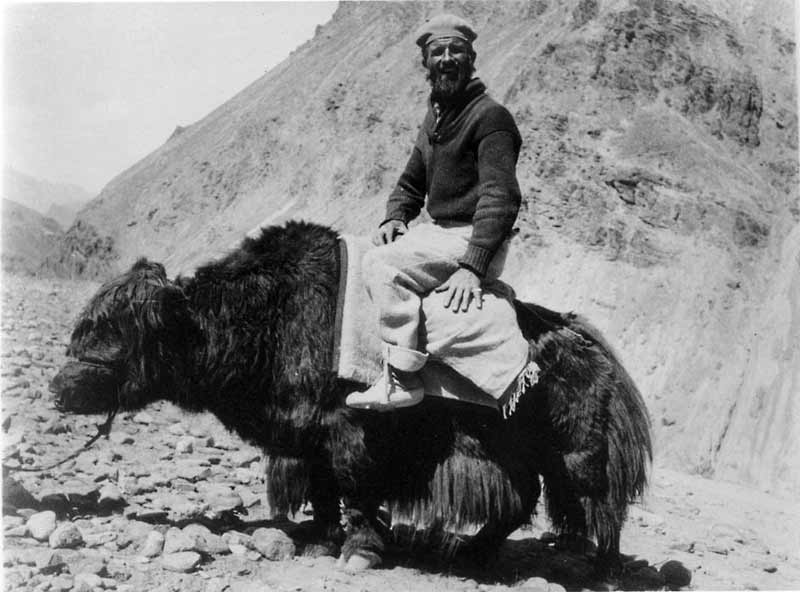Walter Koelz embarked on the first University-sponsored expedition to South Asia in 1930, and continued traveling abroad until 1953, sending back tens of thousands of specimens. His travels took him through India, Pakistan, Iran, Afghanistan, Tibet, and the Himalayas. Although Koelz was trained as an ichthyologist (he wrote his dissertation on the fishes of the Great Lakes), his specimens from Asia do not include any fish; they are primarily birds, and include numerous plants, along with mammals, a few reptiles, and a variety of anthropological artifacts.
While he was in Asia, Koelz also collected many seeds that were used to breed commercially-important varieties of food crops with increased resistance to pests, pathogens, and adverse growing conditions.
Koelz was greatly assisted during his travels by Thakur Rup Chand, who he met in Lahul. Chand became Koelz’s interpreter and assistant, though he was also an able scientist in his own right. Chand eventually emigrated to Michigan, where he worked extensively at the Herbarium.
Koelz collected nearly 600 cultural artifacts on his travels, mostly during his first Himalayan trip from 1932-1934; approximately a third of these objects have been photographed and can be viewed on this exhibit website from UMMAA.
![]() View a list of Koelz’s and Chand’s collections from outside the USA, hosted by VertNet. View subsets: birds, mammals, reptiles. Please note that the data sets are large, and may take some time to load.
View a list of Koelz’s and Chand’s collections from outside the USA, hosted by VertNet. View subsets: birds, mammals, reptiles. Please note that the data sets are large, and may take some time to load.
Koelz’s itinerary from Afghanistan in 1937 and 1939, hosted by the Bird Division.
Koelz’s itinerary from Iran from 1939-1946, hosted by the Bird Division.




